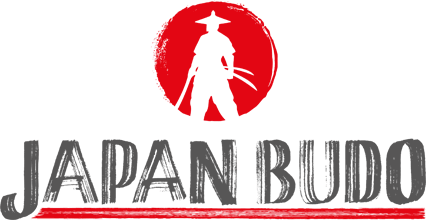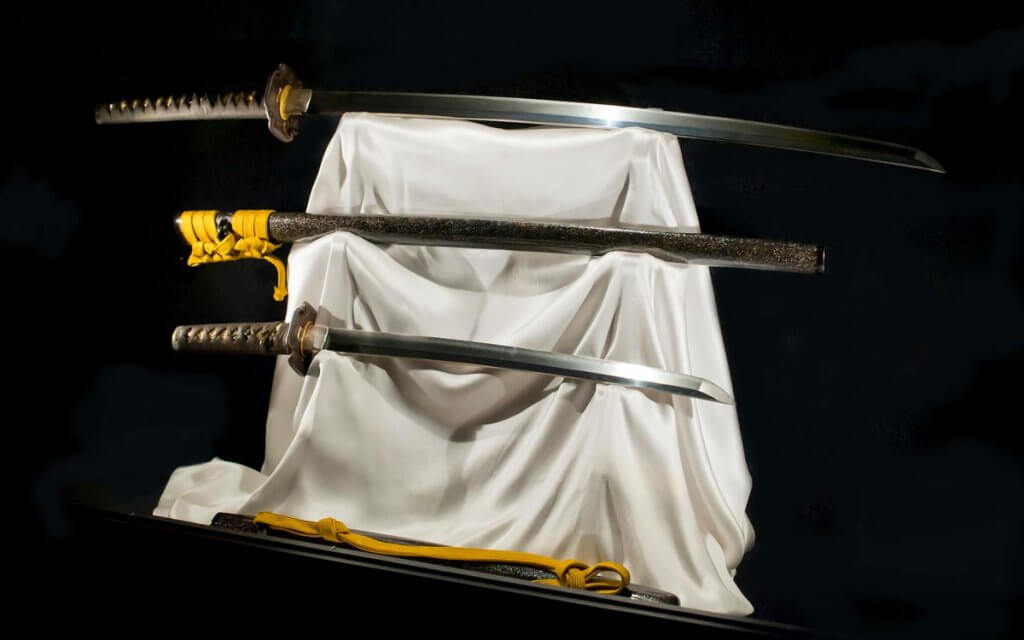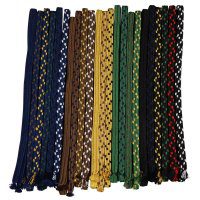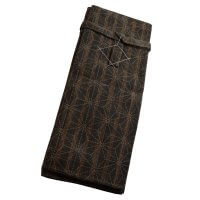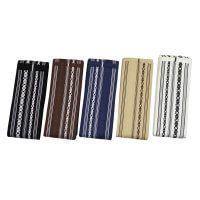Katana care - Why are antique Nihonto worth preserving?
Antique samurai swords are works of art. Some of these old swords from Japan have survived hundreds of years of history, both in times of war and peace.
They embody an old tradition that still exists today and are a masterpiece of craftsmanship that once ensured the survival of sword owners.
The fact that there are still examples in good condition today is a stroke of luck and these examples should continue to exist. The necessary Katana care and generally applicable handling rules are described in the course of this article.
How can an antique sword be preserved?
As a rule, it is a family possession that has been passed down from generation to generation. Owners here also generally treat the swords with the same respect and some care is required to ensure that the antique swords retain their substance. But the right amount is also crucial!
For correct handling, the accessories from our article on the Basic equipment for Nihonto owners helpful.
Depreciation of Nihonto can be avoided with the right Katana care
There are some degradations that can be prevented and prevention is important to ensure that the swords survive for centuries to come. In addition to proper katana care, which we will discuss later, the general handling of the sword makes a big difference.
Rust
Rust is the natural enemy of steel, because the chemical reaction (rusting) transforms the steel and it is irretrievably lost. While passive rust (patina) is desirable on the tang to document the age of the blade, it is not acceptable on the blade.
Moisture plays a major role in the formation of rust. Rust is promoted by the following:
Incorrect handling
As moisture leads to the formation of rust, it is extremely important in the general handling of a Nihonto Katana. It is best to keep moisture away from the blade at all times.
This includes the moisture that would be transferred to the blade when it is touched with the fingers.
But also the moisture of the breath when the sword is examined.
Wiping the blade with a damp cloth and the like is of course completely "forbidden".
Incorrect storage
Incorrect storage can slowly but permanently damage the substance of the sword.
Storage in damp rooms, such as the cellar, is generally not recommended.
The following storage solutions have proven successful for Nihonto:
- Storage in untreated wooden mount (Shirasaya) in dry rooms
- Storage in display cases
Damage due to neglect
In addition to the basic tips for treating antique swords described above, some care is required from time to time. This is described below in the section "The right katana care for antique swords from Japan".
If this basic care is not carried out over several years, the blade will develop rust even under optimum conditions. Blades should therefore not be completely neglected.
Damage due to excessive Katana care
Just as dangerous as complete neglect is incorrect katana care and proper care that is carried out too intensively. This also applies to other samurai antiques such as tsuba and kogatana. Here are some examples of how a sword can be damaged by care.
Oiling the blade with a suitable cloth is helpful, but treating the blade tang with a cloth and oil can remove the important patina.
Uchiko in moderation can help. However, if applied too intensively to one area, the powder can impair the appearance of the polish.
The right katana care for antique swords from Japan
To the classic sword care set A hammer is needed to release the blade from the mount. Then the maintenance can begin.
The blade itself should be re-oiled at regular intervals. To do this, the old oil must be removed.
These sets contain cloths and Uchiko for this purpose. Uchiko powder has an abrasive effect on the blade and removes material over time. It is therefore advisable to consider carefully whether it is necessary to use the powder during regular maintenance.
When working without the powder, the old oil is only removed with cloths. This is somewhat more time-consuming and should be carried out carefully.
If rust has formed on the blade that cannot be removed with oil, the moderate use of Uchiko is recommended. However, individual areas of the blade should not be treated too intensively, as this can affect the overall appearance of the blade.
If rust spots can no longer be removed in this way, we recommend contacting a specialist for restoration work on such swords. You are welcome to contact us for this.
Katana care includes the final oiling of the blade. This involves applying a thin film of oil to the blade. If rust starts to form, it is often sufficient to wipe the blade with oil, as the Choji oil in Japanese sword care sets infiltrates and dissolves rust.
Some oil can also be applied to the blade tang to passivate the rust there. This can be done directly during blade maintenance by touching the blade tang with the hands that come into contact with oil during maintenance. Or by dabbing with an oily cloth.
Under no circumstances, however, should an oily cloth be rubbed over the blade tang. This can remove the patina.
